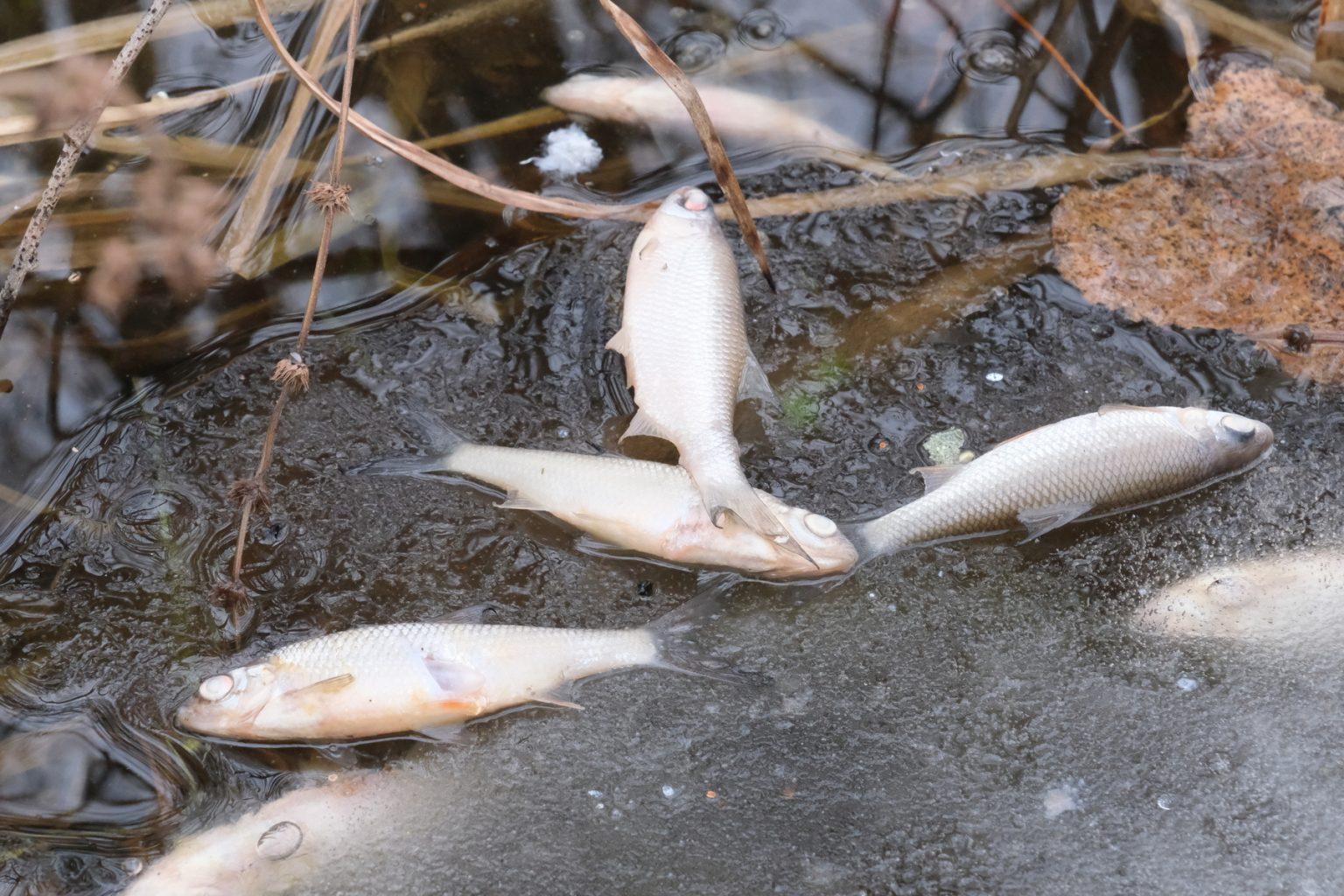As part of the "TRUST ALUM" lake cleaning project, various data and materials have been collected in the lake Jugla Velnezers for a year now. What did the researchers do and find out? This time learn more about such an important water parameter as oxygen.
Dissolved oxygen is one of the most important indicators of water quality. Just as humans cannot survive without oxygen, it is essential for the survival of fish and other aquatic organisms that consume it for respiration. Oxygen enters the surface waters due to the effect of winds, as the water ripples during the aeration process. Oxygen also enters the water as a result of the photosynthesis of aquatic plants. The optimal amount of oxygen in the lake is 8-10 mg per liter of water, but there are species that have adapted to a lower amount of oxygen. Fish will still be present in conditions where the oxygen concentration will be 4 mg/l, but mass suffocation and death of fish will be observed when the oxygen falls below the 2 mg/l mark. The amount of dissolved oxygen is also affected by factors such as temperature (the amount of dissolved oxygen decreases with increasing temperature).
A lot of oxygen is consumed by the decomposition processes of organic substances, this is especially characteristic of Latvian conditions, where the lakes are rich in nutrients. That is why there are often situations when there is almost no oxygen in the bottom layer of the lake, when decaying processes are activated. However, in winter, forming to the ice cover, oxygen in the lakes may further decrease, resulting in fish suffocation. We also observed this in February this year at the pilot site of our project - in lake Velnezers.
The oxygen conditions in Velnezers are not encouraging!
During most of the ice-free period, the lake had a persistent oxycline or jump layer at a depth of 2-3 m, where the oxygen content dropped from an average of 6-7 mg/l to <1 mg/l. In October and November, convective water mixing took place, and the oxygen content in the entire volume of the lake was 6-7 mg/l. Shortly before the formation of the ice sheet in December, oxygen depletion had already begun in the deeper layers, and by January, the lake was already experiencing an oxygen deficit in its entire volume, which resulted in a mass death of fish.
On February 22, 2024, local residents reported a mass fish kill. An off-the-shelf test of the lake by LHEI researchers found dissolved oxygen concentrations as low as 0.83 mg/l at surface level. Additionally, since January, water samples taken from the anoxic layers at 3.5 and 5 m depth had a characteristic rotten-egg odor, indicating a significant presence of dissolved hydrogen sulfide, which may have been an additional factor in the mass fish kill, as it is a toxic compound. The hydrogen sulphide compound in water is produced as a result of plant rotting processes. After the melting of the ice sheet in March and the re-mixing of the water, the re-formation of the oxycline was observed, which has remained until June, but now with an upward trend.
Photo: Latvian Institute of Aquatic Ecology
